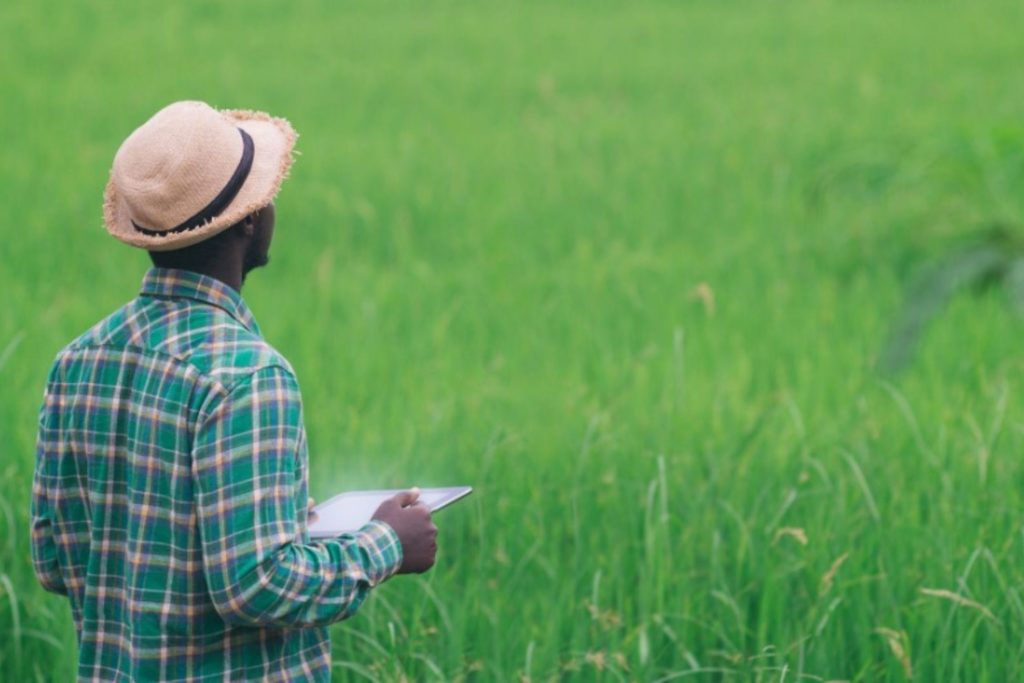Tech Policy

Affordability & Availability: Expanding Broadband in the Black Rural South
The 36-page report, Affordability & Availability: Expanding Broadband in the Black Rural South, details the potential for broadband to increase economic, educational, and health care opportunities in the Black Rural South—152 rural counties with populations that are at least 35 percent Black. Key findings show:
- In the Black Rural South, 38% of African Americans report that they lack home internet access. By comparison, 23% of white Americans in the Black Rural South, 22% of African Americans nationwide, 22% of rural residents outside of the South, and 18% of all Americans nationwide report that they lack home internet access.
- Expanding broadband can help improve employment, incomes, education, and health care in the Black Rural South. Currently, 49% of Black children in the Black Rural South live in poverty compared to 18% of white children in the region and 19% of all children nationwide. During the past 10 years, many states with Black Rural South counties have experienced high rates of rural hospital closures. Expanding broadband in the Black Rural South can increase incomes, employment, workforce skills, and educational and health care opportunities, and help Black farmers build modern agricultural businesses.
- Many households in the Black Rural South lack high-speed broadband because it is either unavailable or they lack the financial means to purchase service. According to FCC data, in the Black Rural South, 25.8% of residents lack the option to subscribe to high-speed broadband (internet at speeds of 25/3 Mbps or higher) compared to 8.8% of non-southern rural residents and 3.8% of all Americans. Microsoft data suggest an even larger percentage of Black Rural South households do not use broadband at speeds of at least 25/3 Mbps. Even where broadband is available in the Black Rural South, many find it unaffordable. Pew estimates that U.S. households with incomes less than $35,000 are much less likely to have broadband, and they account for 28.6% of all households nationwide but 60.8% of Black households in the Black Rural South.
- To address these challenges, any national broadband strategy should ensure equitable outcomes for the Black Rural South. Solutions include: 1) establishing a permanent and meaningful broadband benefit program; 2) requiring broadband providers that receive Universal Service Funds to provide low-income households and high-cost-area consumers with an affordable option; 3) a federal build-out of broadband infrastructure in the Black Rural South; 4) recovery funds to expand broadband in the Black Rural South; 5) a taskforce and rules to prevent digital redlining; 6) prioritizing funding for broadband projects developed by HBCUs; 7) investing in research to understand challenges and constantly improve broadband access; 8) updating the federal definition of high-speed broadband; 9) lifting state prohibitions on municipal broadband; and 10) increasing federal coordination and focus on the Black Rural South.
For coverage of this report see Christian Science Monitor, NPR, and Reuters. For a 4-page summary of this report, click here.

